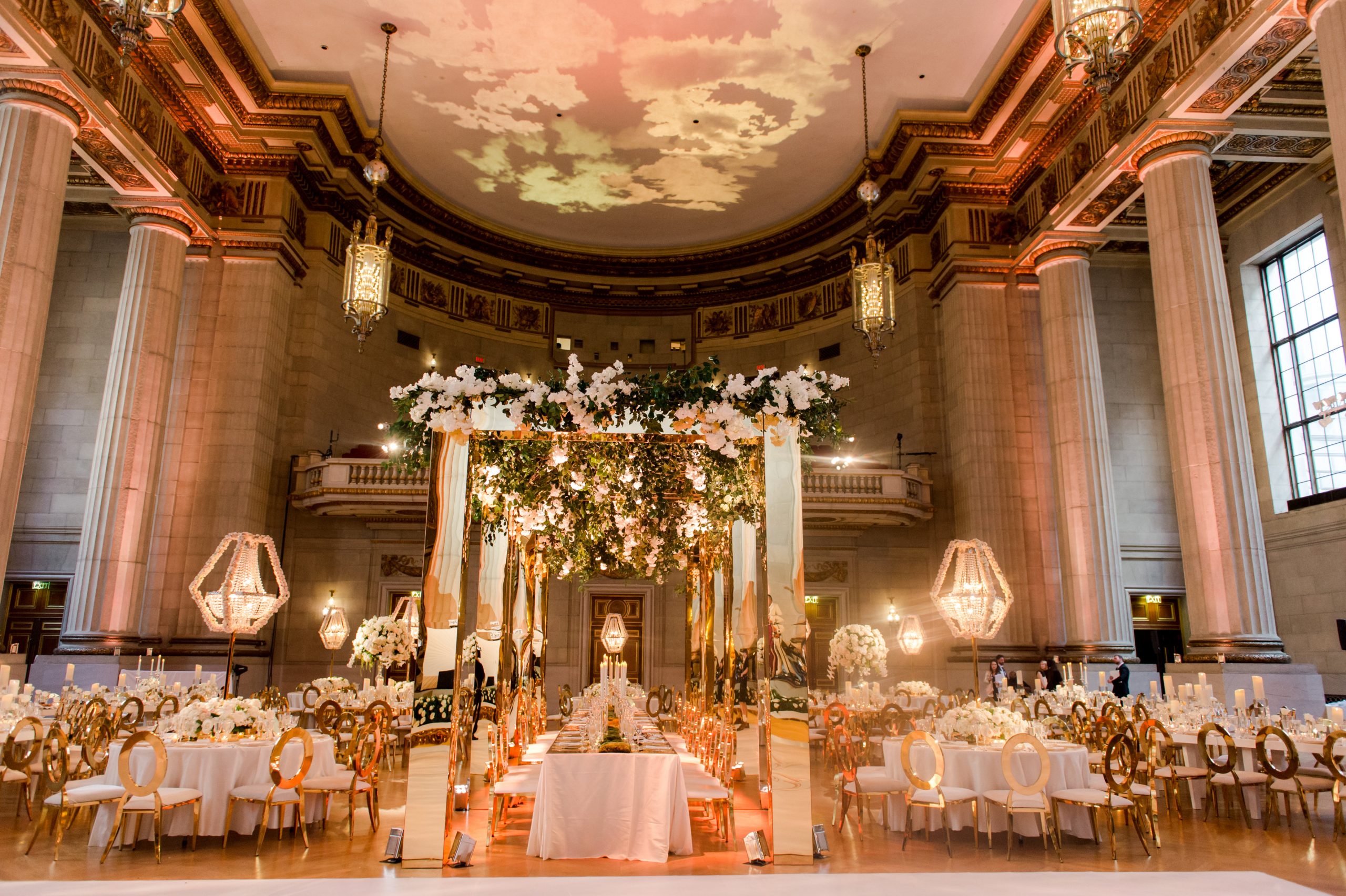Mellon Auditorium’s Historical Significance

Mellon Auditorium stands as a testament to the grandeur and cultural significance of Washington, D.C. Built in 1931 as a memorial to Andrew W. Mellon, the auditorium has witnessed countless pivotal events that have shaped the nation’s history.
The grandeur of Mellon Auditorium, with its soaring ceilings and ornate chandeliers, has witnessed countless historic events. Among those who have graced its stage is Mark Warner , a renowned politician known for his eloquence and leadership. Warner’s speeches within Mellon Auditorium’s hallowed halls have left an indelible mark, shaping both local and national conversations.
The auditorium remains a testament to the power of words and the legacy of those who have spoken within its walls.
Architectural Legacy
Designed by renowned architect John Russell Pope, Mellon Auditorium is a masterpiece of neoclassical architecture. Its imposing facade, adorned with Ionic columns and intricate carvings, reflects the grandeur of the era. The auditorium’s interior is equally impressive, boasting a soaring coffered ceiling, a grand marble staircase, and a stage framed by a proscenium arch.
Cultural and Political Significance
Since its inception, Mellon Auditorium has served as a stage for both cultural and political events. It has hosted countless concerts, lectures, and exhibitions, featuring luminaries from the worlds of music, art, and literature. The auditorium has also been the venue for numerous political gatherings, including presidential inaugurations, State of the Union addresses, and major policy announcements.
Mellon Auditorium, an iconic venue in Washington D.C., has hosted numerous influential figures throughout history. One notable speaker was Jens Stoltenberg , the Secretary General of NATO, who addressed the audience on the importance of transatlantic cooperation. Stoltenberg’s speech resonated with the auditorium’s legacy of fostering dialogue and understanding among nations, a tradition that continues to shape Mellon Auditorium as a hub for international discourse.
National Historic Landmark
Recognizing its architectural and historical significance, Mellon Auditorium was designated a National Historic Landmark in 1965. This designation ensures its preservation and protection for future generations. In recent years, the auditorium has undergone extensive renovations to restore its original grandeur while preserving its historic character.
Current Status
Today, Mellon Auditorium continues to serve as a vibrant cultural and civic center in Washington, D.C. It hosts a diverse array of events, including concerts, lectures, and conferences. The auditorium’s rich history and architectural beauty make it a beloved landmark that continues to inspire and captivate visitors.
Architectural Features and Design

Mellon Auditorium stands as a testament to the Beaux-Arts style, a prominent architectural movement in the early 20th century. Its design was heavily influenced by French architecture, particularly the grand opera houses of Paris.
The auditorium’s facade is a symphony of grandeur, featuring a colossal portico supported by Corinthian columns. The arched entrance leads to a spacious foyer adorned with intricate moldings and marble accents. The vaulted ceilings soar above, creating a sense of awe and acoustic brilliance.
Beaux-Arts Influences
- Symmetrical facade with a central portico
- Classical orders and ornamentation, such as Corinthian columns and moldings
- Emphasis on grandeur and monumentality
Acoustics and Seating
Mellon Auditorium’s acoustics are renowned for their clarity and resonance, making it an ideal venue for musical performances. The vaulted ceilings and curved walls distribute sound evenly throughout the auditorium, ensuring optimal listening experiences for all patrons.
The seating arrangement is designed to provide unobstructed views of the stage from every seat. The orchestra level is raked for optimal sightlines, while the balconies offer panoramic views of the entire auditorium.
Notable Performances and Events

Mellon Auditorium has witnessed a myriad of iconic performances and events that have left an indelible mark on American culture and history. From renowned musicians to influential speakers and political figures, the stage has hosted a diverse array of luminaries.
Musical Masterpieces
The auditorium has reverberated with the melodies of countless musical legends. In 1939, Arturo Toscanini conducted the NBC Symphony Orchestra in a historic performance of Beethoven’s Ninth Symphony. The event, broadcast nationwide, marked a significant moment in classical music history. Other musical giants who have graced the stage include Duke Ellington, Count Basie, and Ella Fitzgerald.
Political Oratory
Mellon Auditorium has also been a platform for political discourse and activism. In 1963, Martin Luther King Jr. delivered his iconic “I Have a Dream” speech at the March on Washington for Jobs and Freedom. The auditorium has also hosted presidential speeches, including John F. Kennedy’s address on the New Frontier and Barack Obama’s acceptance speech for the 2008 Democratic presidential nomination.
Cultural Milestones, Mellon auditorium
Beyond music and politics, Mellon Auditorium has played host to a range of cultural events. In 1964, the auditorium was the site of the first Grammy Awards ceremony. It has also hosted the Kennedy Center Honors, honoring legendary artists such as Bob Dylan, Aretha Franklin, and Barbra Streisand.
Behind-the-Scenes Anecdotes
The auditorium’s rich history is filled with memorable anecdotes. During the 1963 March on Washington, the organizers struggled to secure a permit for the event. However, Eleanor Roosevelt intervened, using her influence to persuade the authorities to grant permission.